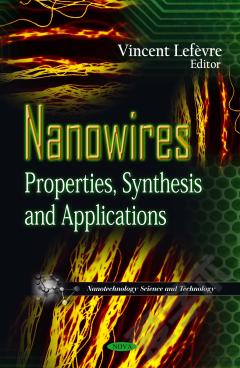Nanopowders and Nanocoatings: Production, Properties and Applications
In nanotechnology, a particle is defined as a small object that behaves as a whole unit in terms of its transport and properties. It is further classified according to size: In terms of diameter, fine particles cover a range between 100 and 2500 nanometers, while ultrafine particles, on the other hand, are sized between 1 and 100 nanometers. Similarly to ultrafine particles, nanoparticles are sized between 1 and 100 nanometers, though the size limitation can be restricted to two dimensions. Nanoparticles may or may not exhibit size-related properties that differ significantly from those observed in fine particles or bulk materials. Nanopowders are agglomerates of ultrafine particles, nanoparticles, or nanoclusters. Adding nanoparticles to the polymer matrix of a coating does not make it a nanocoating. A nanocoating is synthesized using molecular engineering techniques to create a nano-structured polymer/coating. A coating with nanoparticles added to the polymer matrix will only incrementally improve the physical properties. Nanoparticles or nano-dirt can be used as an "additive" in a coating to reinforce the polymer matrix, reduce UV degradation of the substrate, improve chemical resistance and change the coatings electrochemical properties. The technique of using nanoparticles to maximize the physical surface properties of a coating are limiting. Adding nanoparticles to a polymer matrix depend on the molecular structure of the polymer backbone, size and amount of nanoparticles added, particle dispersion throughout the coating, structure and functionality of the nanoparticles. This new and important book gathers the latest research from around the globe in the study of these dynamic fields.
{{comment.content}}








 京公网安备 11010802027623号
京公网安备 11010802027623号